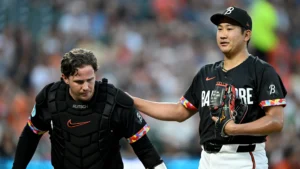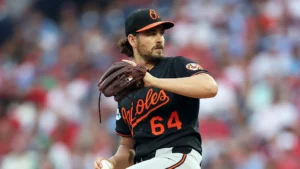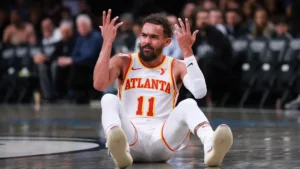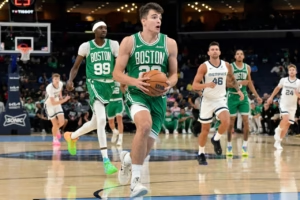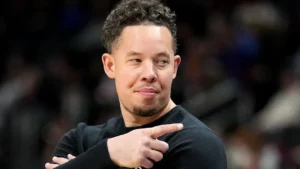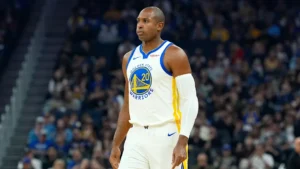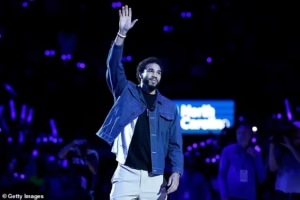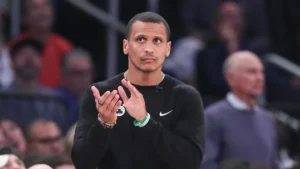
The Baltimore Orioles entered the offseason with an obvious need to strengthen their starting rotation. Instead of making major investments, GM Mike Elias chose to sign veteran Charlie Morton to a one-year deal and added Kyle Gibson just before the season began. Both moves have backfired.
While Morton has had a strong career and was a respected figure with the Braves, signs of decline were evident last year, including a 4.46 FIP — his worst in over a decade. At 41, Morton has struggled mightily this season, posting a 9.45 ERA over seven appearances and has already been moved to the bullpen. Though there’s still time for a turnaround, his performance has been a major letdown.
Gibson, signed just before Opening Day, had no spring training to prepare. Predictably, he was shelled in his debut, giving up nine runs in under four innings against the Yankees. While Gibson was put in a tough spot, the Orioles knew they needed reliable arms from day one — and failed to secure them. These struggles fall squarely on Elias, whose track record in building a solid rotation has been shaky.
Despite having one of the most talented young offensive cores in baseball, the Orioles continue to opt for short-term pitching solutions rather than investing in lasting upgrades or extensions for key players. Their approach echoes missed opportunities to emulate a sustainable model like Atlanta’s.

Compounding matters was last year’s trade deadline deal for Trevor Rogers, which cost them top prospects but did little to improve the rotation. That move has aged poorly and only deepened Baltimore’s pitching woes.
Now sitting at 12-18 and last in the AL East, the Orioles risk wasting a rare window of opportunity — unless Elias can finally fix what has long been their Achilles’ heel: the starting rotation.
